
sugar0607/iStock/Getty Images
"Italian food" is not one single cuisine but a spectacularly varied collection of regional styles, each formed by the unique characteristics of its local soil and climate. Tuscan food, for example, is defined less by rich cities such as Florence than by its rural countryside. Despite its olives, wines and golden sunshine, Tuscany's soil is often thin and marginal. Its countryside historically been a hardscrabble place by Italian standards, and its food is shaped by peasant frugality.
Some Signature Elements
Partially because its soil is poor by Italian standards and partially because much of it is still wild, foraged ingredients play an important role in Tuscan cookery. Tuscans avidly forage for mushrooms and wild greens, and collect starchy chestnuts from its forests. Game birds and animals, including hares and boar, are common in the interior; while coastal communities make heavy use of local fish such as mullet. Tuscany's famed olive oil lends its grassy and peppery notes to much of the local cookery, while its grapevines -- which, like olive trees, produce better on poor soil -- produce Chianti and other famous wines to accompany the meal.
The Staples
Tuscany's salt-free bread -- a relic of a long-ago salt tax -- is a regional staple, eaten fresh with meals or stale in signature soups such as ribollita. Pasta in Tuscany is made fresh at home from soft, locally grown wheat, rather than the hard durum wheat used in the south, relying on eggs to add the necessary protein and texture. Hardy, durable vegetables such as cabbage, fennel and the distinctive "black" Tuscan kale are the most reliable of vegetable crops, and are featured heavily in local dishes. Beans are the most characteristic of all Tuscan staples, both in their tender young form and dried. A common Italian nickname for Tuscans is "mangiafagioli," or "bean eaters."
Related Articles

Hopi Indian Foods
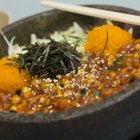
Korean Food Nutritional Value

Different Types of Food in India

Bohemian Cooking

African Food Facts
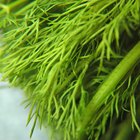
Classic Russian Spices
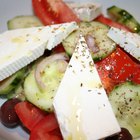
Types of Greek Fruits & Vegetables

Uses of Cassava Flour
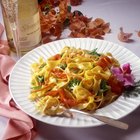
Facts About Italian Cuisine
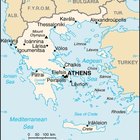
Staple Foods in Greek Culture
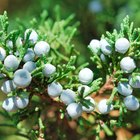
Are Juniper Berries the Same As Capers?

What Are Persian Lamb Coats?

Typical Portuguese Diet

The History of Asian Food

What Are the Staple Foods of Scotland?
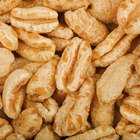
How to Cook With Kamut

Vietnamese Diet
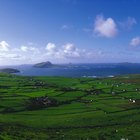
What Kinds of Clothes Do They Wear in ...
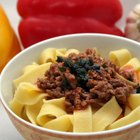
The History of the Olive Garden Italian ...
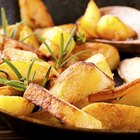
What Foods Do People in Ireland Eat?
References
- Italian Regional Cooking; Ada Boni
- A Table In Tuscany: Classic Recipes From the Heart of Italy; Leslie Forbes
Writer Bio
Fred Decker is a trained chef and prolific freelance writer. In previous careers, he sold insurance and mutual funds, and was a longtime retailer. He was educated at Memorial University of Newfoundland and the Northern Alberta Institute of Technology. His articles have appeared on numerous home and garden sites including GoneOutdoors, TheNest and eHow.
Photo Credits
sugar0607/iStock/Getty Images